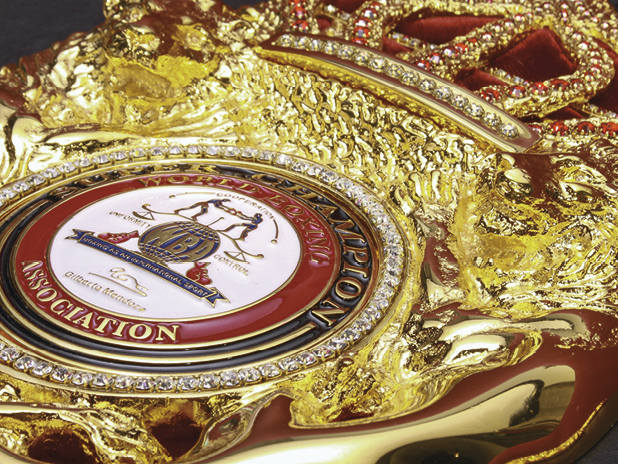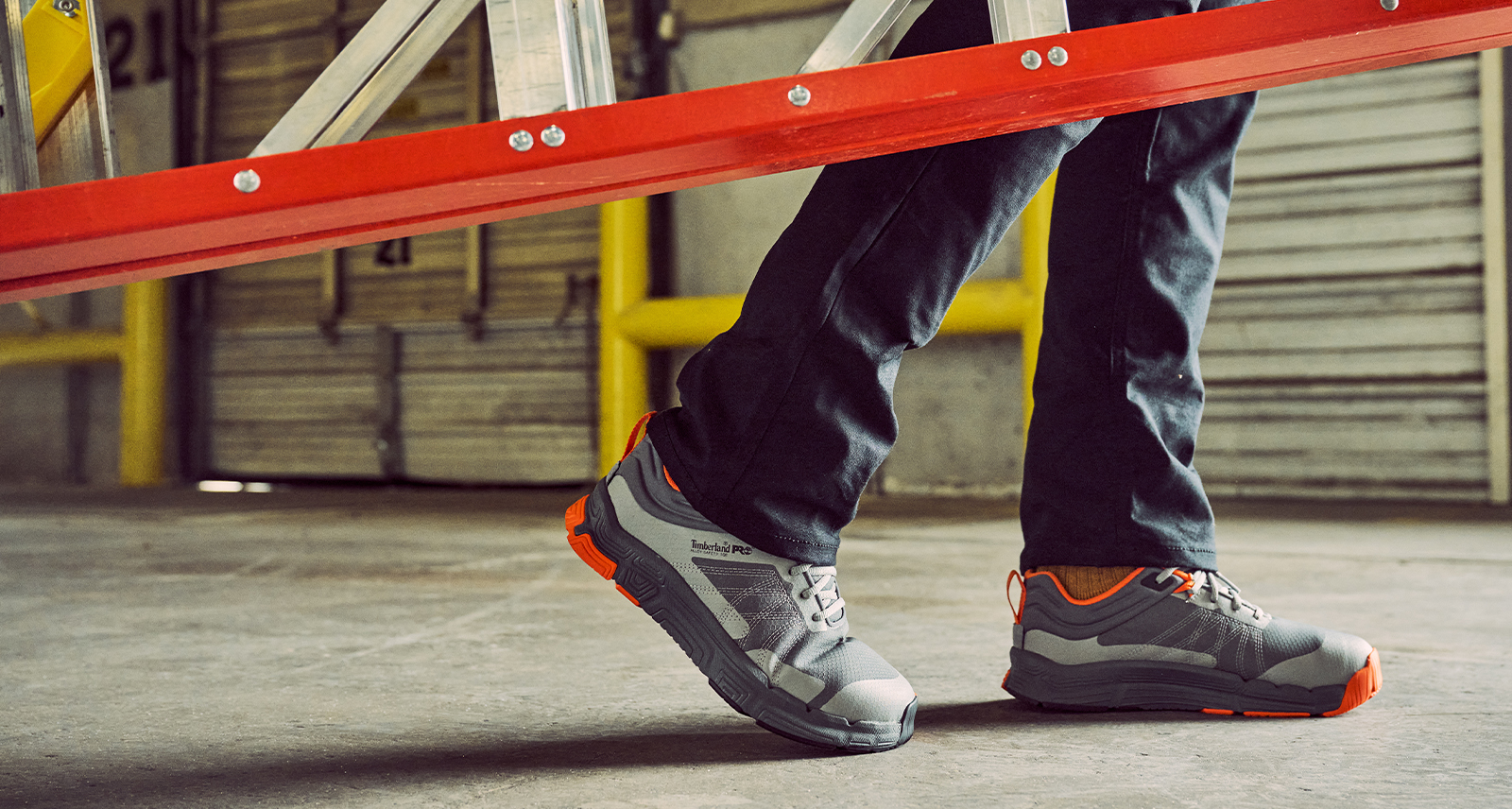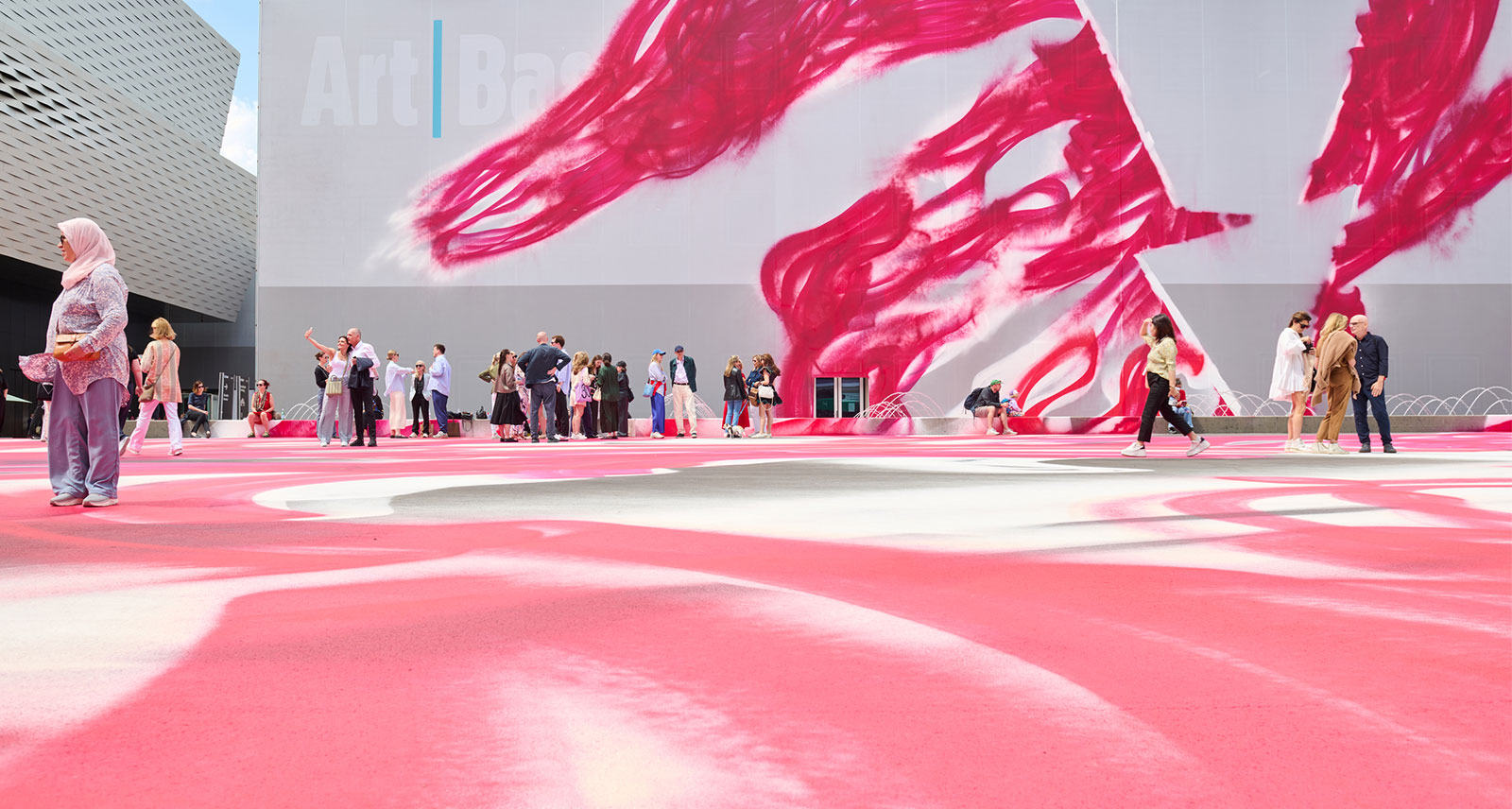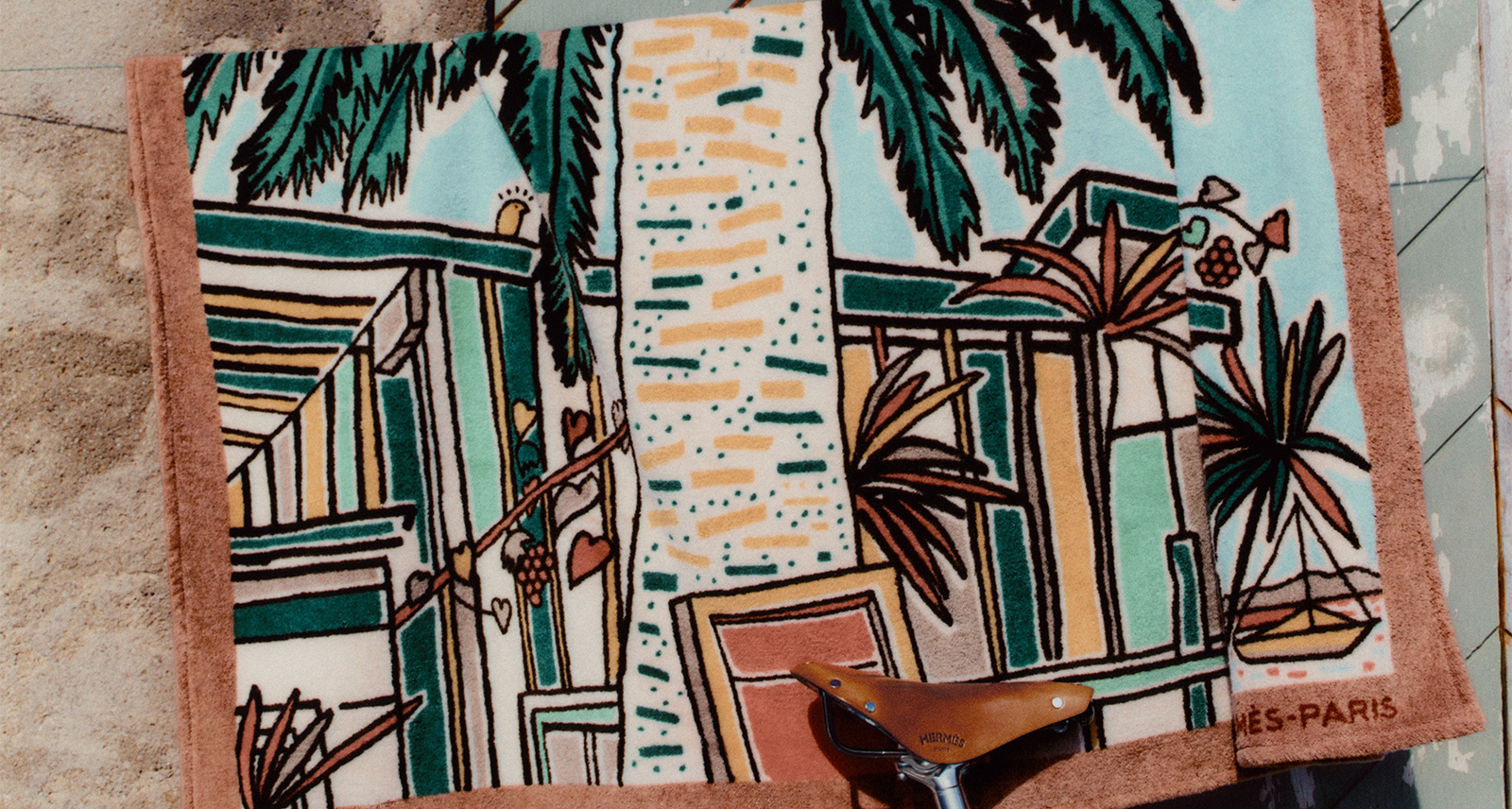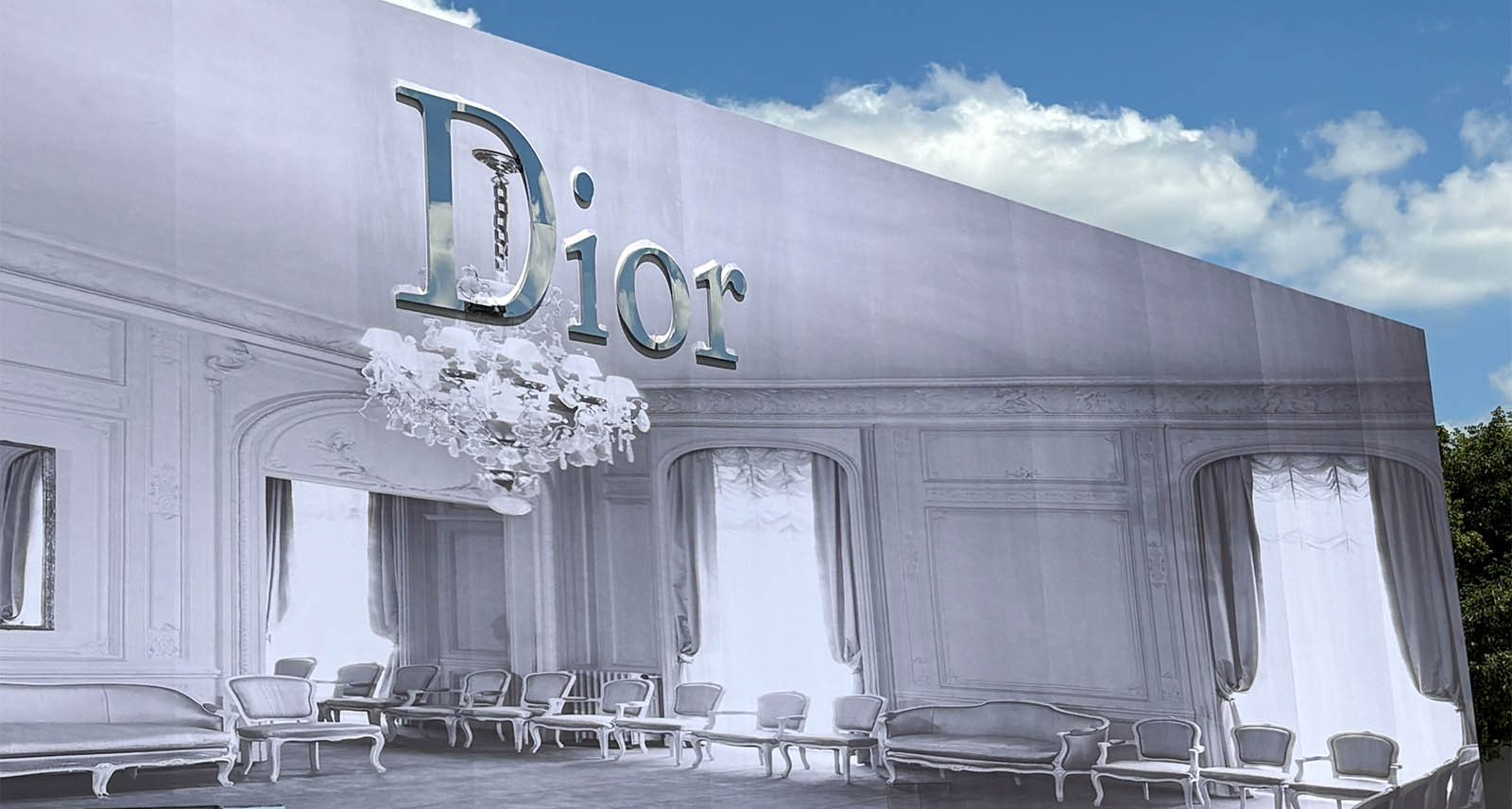Blood, Sweat and Gold: The Craftsmen Behind Boxing’s Championship Belts
After stops in Austria, Brazil and South Africa Sahaghian and his wife, Nazeli, finally settled in Weehawken, New Jersey in 1970. There, he returned to craft jewellery, and there he crafted his legacy—one his grandson now works so hard to protect 40 years later.
A local jeweller and boxing enthusiast, approached Sahaghian to modernize old boxing belts and create designs for new organizations. Sahaghian, himself once an amateur boxer in Romania, agreed. While the IBF, WBO and WBA soon got batches of freshly designed belts with a look that’s remained virtually unchanged till today, the credit as to who was responsible for such an emblematic addition to the sport soon came under threat – almost disappearing into the dust of the Wild West of professional boxing.
“We would have champions sending us belts that were falling apart,” recalls Edward Majian, Sahaghian’s grandson, who in 2009 founded SARTONK, a boxing belt design firm using a word derived from the Armenian word for “rebirth”. He did so with the express goal of maintaining his grandfather’s legacy after belts made by imitators began circulating around the sport in the past few decades, claiming to be the work of his grandfather. Fractured organizations, little communication and Sahaghian’s limited English meant people tried to take advantage as cheap replicas flooded the market.
For Majian who was raised by his grandparents and spent his childhood running around his grandfather’s workshop, the difference in the work was, and is, obvious. He knew precisely how many hours his grandfather worked at his bench, producing belts that confidently stride across the line between craftmanship and art.
